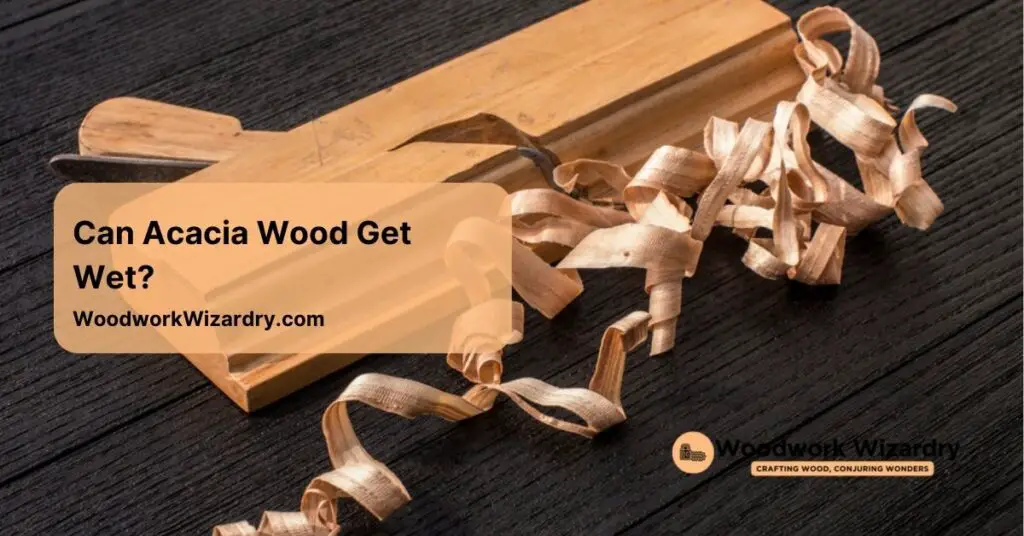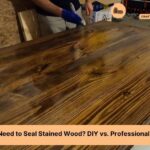When it comes to choosing durable and stylish wood for your furniture or outdoor projects, acacia wood often stands out. Its rich tones and natural resistance to wear make it a favorite, but you might wonder—can acacia wood handle getting wet? After all, water exposure can be a dealbreaker for many types of wood.
Understanding how acacia wood reacts to moisture can save you from costly mistakes and help you make the most of its impressive qualities. Whether you’re considering it for a patio set, cutting board, or flooring, knowing its water tolerance is key to maintaining its beauty and longevity. So, is acacia wood the right choice for your needs? Let’s immerse and uncover the truth about its performance when wet.
What Is Acacia Wood?
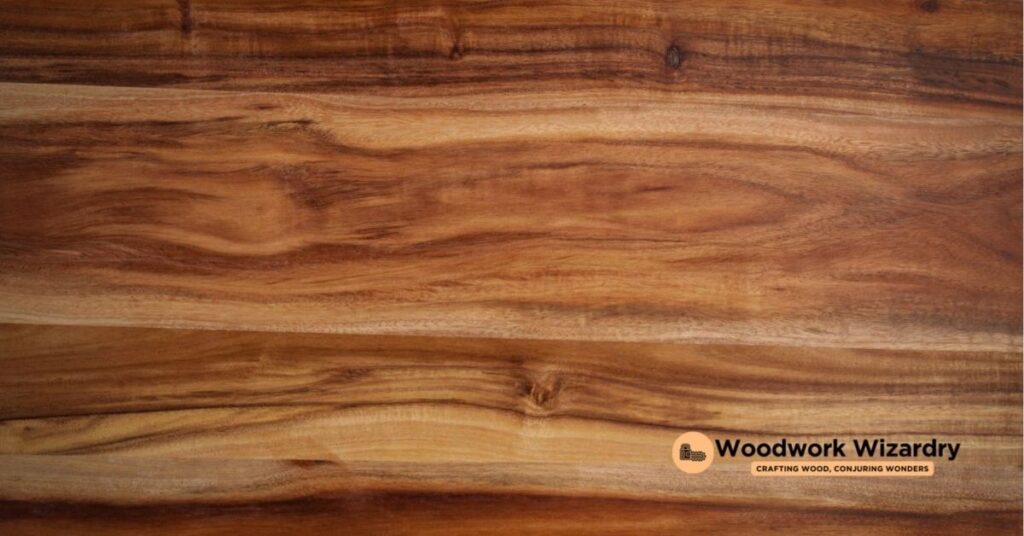
Acacia wood originates from the Acacia tree, which grows in various regions including Africa, Asia, and Australia. Known for its dense grain, this hardwood offers impressive strength and durability. Its rich color ranges from golden amber to deep brown, often featuring unique natural patterns.
You’ll find acacia wood used in furniture, flooring, and decorative items due to its stylish appearance. It carries natural oils that enhance its resistance to decay, insects, and fungal issues. In outdoor applications, this wood resists splitting and warping when properly treated.
Sustainable harvesting practices also make acacia wood an eco-friendly option. Many acacia species grow quickly, supporting renewable usage for long-term projects.
Properties Of Acacia Wood
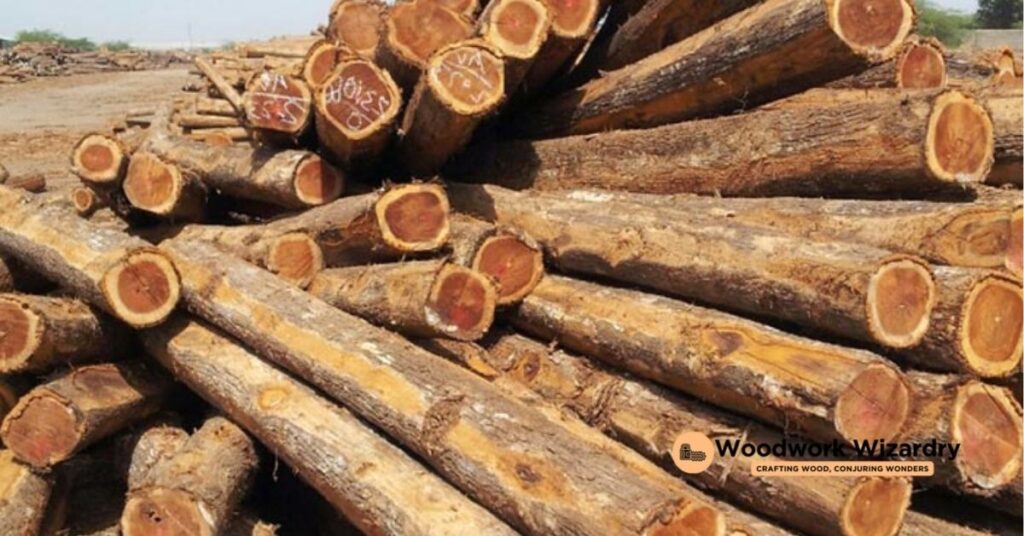
Acacia wood combines strength, natural beauty, and durability, making it suitable for diverse applications. Its distinct characteristics set it apart from other hardwoods.
Durability And Hardness
This wood ranks high in density, offering resistance to wear and impact. With a Janka hardness score of approximately 2,300 PSI, it outperforms many other hardwoods like oak or teak. Its tough structure allows it to endure heavy usage, ideal for furniture and flooring. Stable under pressure, acacia wood resists scratches and dents, maintaining its shape over time.
Natural Water Resistance
Acacia wood contains inherent oils that protect it from water damage. Its closed-grain structure minimizes water absorption, reducing the risk of swelling or cracking. Treated properly, it withstands outdoor elements, including moisture and humidity. This resistance supports outdoor furniture, cutting boards, and bathroom fixtures effectively. Its performance against water makes it a reliable choice where exposure to moisture occurs.
Can Acacia Wood Get Wet?
Acacia wood demonstrates impressive water-resistant properties due to its dense grain and natural oils. Understanding how it handles moisture helps you determine its suitability for various uses exposed to wet environments.
How It Reacts To Moisture
Acacia wood naturally resists water absorption because of its closed-grain structure. Its dense composition prevents moisture from penetrating deeply, reducing the chances of swelling or cracking. When untreated, exposure to excessive or prolonged moisture may still cause surface discoloration or minor warping over time. For outdoor or high-humidity environments, applying protective finishes like sealants enhances its water resistance and prevents damage.
In wet conditions, the wood’s natural oils act as a barrier to repel water to some extent. But, constant exposure, such as being submerged or left in standing water, can lead to degradation without proper care. Proper maintenance ensures its longevity even when used in moisture-rich settings like bathrooms or outdoor furniture.
Common Scenarios Where Acacia Wood Gets Wet
Outdoor use, such as garden furniture or patio sets, often exposes acacia wood to rain and humidity. In these cases, treated acacia wood withstands moisture well, maintaining durability and appearance for years. Regular resealing helps enhance its performance.
Indoor settings like kitchens or bathrooms introduce acacia wood to water through spills or high humidity. Cutting boards made from acacia resist surface damage when rinsed but need drying after use to avoid moisture retention. Similarly, moisture-rich air in bathrooms doesn’t affect properly finished acacia flooring or cabinets.
Accidental spills, such as beverages on acacia tabletops, also test its water tolerance. Its natural resistance ensures minor spills don’t cause immediate harm, though wiping up liquids quickly prevents deterioration or stains.
Protecting Acacia Wood From Water Damage
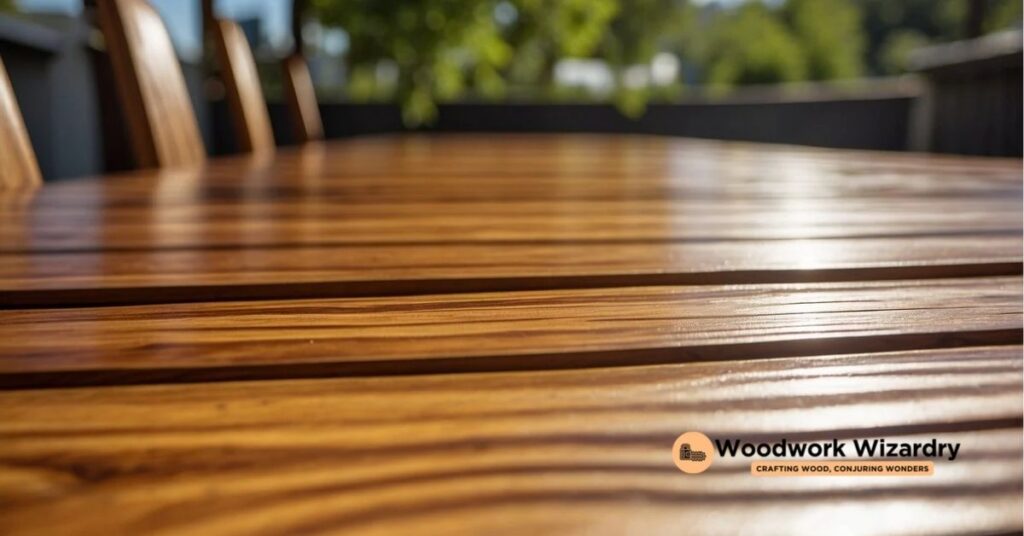
Acacia wood resists moisture naturally, but additional protection ensures its longevity in wet conditions. Proper sealing, finishing, and maintenance play key roles in minimizing water damage.
Sealing And Finishing Acacia Wood
Applying a high-quality wood sealant enhances acacia wood’s water resistance. Use products designed for hardwoods to create a protective layer that limits water absorption. Avoid neglecting edges and undersides when treating furniture, as these areas are more prone to soaking moisture. For outdoor furniture, finishes with UV protection prevent fading and cracking caused by sunlight exposure.
Conditioning oils, such as tung or linseed, are effective for maintaining acacia wood’s natural luster. These oils penetrate the grain to strengthen moisture resistance while preserving the wood’s rich color. Re-apply finishes or oils annually, especially if the wood is exposed to fluctuating weather or humidity levels.
Cleaning And Maintenance Tips
Wiping surfaces promptly after water contact reduces the risk of stains or warping. Use a clean, dry cloth to remove spills or moisture buildup. Avoid harsh chemicals while cleaning to prevent damage to the protective finish; instead, rely on mild soap and water for routine care.
Dry outdoor furniture thoroughly after rainfall to avoid prolonged dampness. If your acacia wood furnishings are in consistently wet environments, incorporate furniture covers to shield them from excess moisture. Resealing once signs of wear appear, like fading finishes or rough patches, ensures sustained water resistance.
Applications Of Acacia Wood In Wet Environments
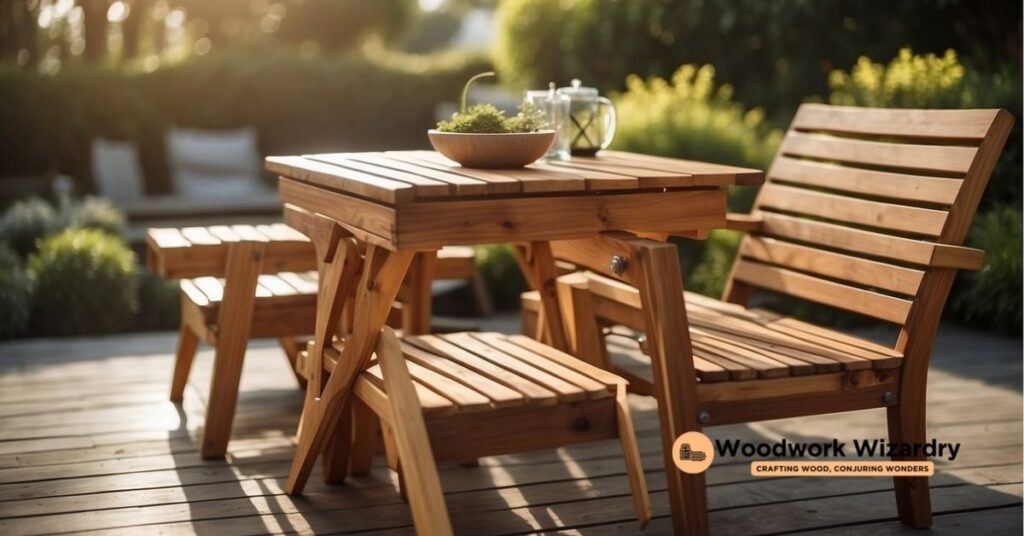
Acacia wood thrives in settings where moisture is unavoidable. Its natural water resistance and durability make it a preferred choice for functional and decorative projects.
Outdoor Furniture
Garden chairs and patio tables crafted from acacia wood handle exposure to rain effectively when sealed. Its dense composition and natural oils reduce water absorption, helping it resist swelling or cracking. Protective finishes ensure long-term performance by shielding against moisture and UV rays, which prevent fading. Regular upkeep, like drying after rainfall and reapplying sealants, adds to its resilience in outdoor use.
Bathroom And Kitchen Use
Acacia countertops and bathroom vanities maintain their integrity under humid conditions. The wood’s closed-grain structure minimizes water penetration, making it suitable for areas prone to spills or steam. Cutting boards and utensils also benefit from its antibacterial properties and water tolerance. Applying a food-safe oil seals the surface, improving its resistance to stains and warping. Routine maintenance, like drying after cleaning, further preserves its functionality in kitchens and bathrooms.
Conclusion
Acacia wood stands out as a durable, water-resistant, and visually appealing choice for a variety of applications. Its natural oils and dense grain provide impressive protection against moisture, making it suitable for both indoor and outdoor use when properly maintained.
With the right care, including sealing, finishing, and regular maintenance, you can ensure your acacia wood furniture or projects remain beautiful and functional for years. Whether it’s a patio set, cutting board, or bathroom vanity, acacia wood offers a reliable and stylish solution for moisture-prone environments.

